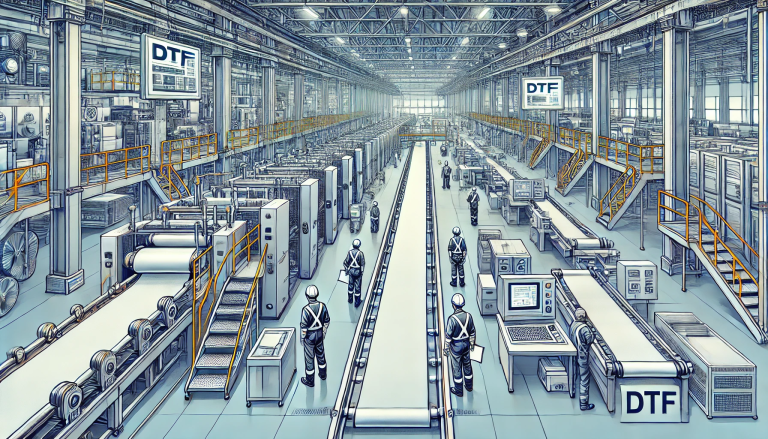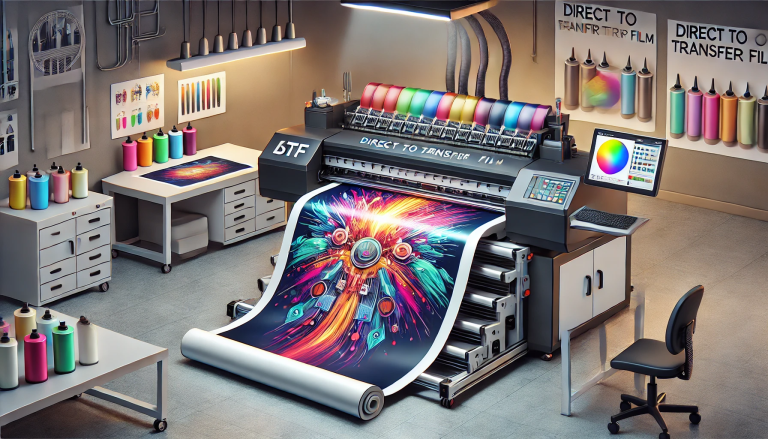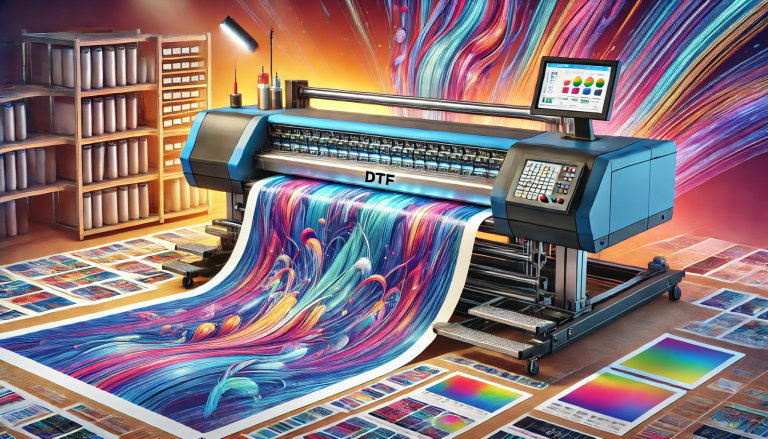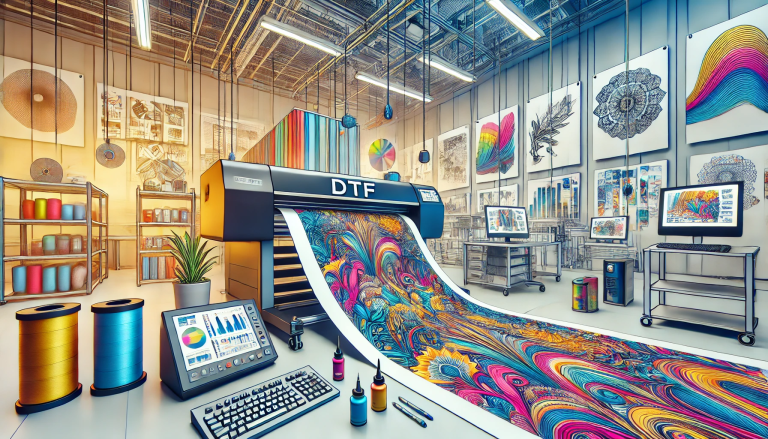“Uncover the Origins of DTF Transfer Film A3 – Where Did It All Begin?” -MAXDTF- DTF transfer Film 11×17 Manufacturer, DTF Transfer Film sheet Supplier, Made in China
Introduction
The DTF Transfer Film A3 is a type of film used in the photographic industry. It was developed in the late 1970s by the Japanese company Fuji Photo Film Co., Ltd. The film was designed to be used in the transfer process of photographic prints from one medium to another. It is a unique film that has been used in the industry for decades and is still widely used today. This article will explore the history of the DTF Transfer Film A3 and how it has evolved over the years.
Understanding the Benefits of DTF Transfer Film: Why Photographers Choose It Over Other Options
Photographers often choose DTF (direct-to-film) transfer film over other options due to its many benefits. DTF transfer film is a type of film that is designed to be used with digital cameras and scanners. It is a high-resolution film that produces sharp, detailed images with excellent color accuracy.
The primary benefit of DTF transfer film is its ability to produce high-quality images. The film is designed to capture the full range of colors and tones that are present in a digital image. This means that the images produced with DTF transfer film will be more accurate and detailed than those produced with other types of film. Additionally, the film is designed to be used with digital cameras and scanners, which makes it easier to transfer images from one device to another.
Another benefit of DTF transfer film is its durability. The film is designed to be resistant to scratches, dust, and other environmental factors. This means that the images produced with DTF transfer film will last longer than those produced with other types of film. Additionally, the film is designed to be used in a variety of lighting conditions, making it ideal for outdoor photography.
Finally, DTF transfer film is relatively inexpensive compared to other types of film. This makes it an attractive option for photographers who are looking to save money while still producing high-quality images.
Overall, DTF transfer film is an excellent choice for photographers who are looking to produce high-quality images without breaking the bank. The film is designed to capture the full range of colors and tones that are present in a digital image, and it is also designed to be used with digital cameras and scanners. Additionally, the film is durable and relatively inexpensive, making it an attractive option for photographers who are looking to save money while still producing high-quality images.
The Evolution of DTF Transfer Film: How It Became a Popular Choice for Photographers
DTF transfer film has become a popular choice for photographers in recent years, due to its versatility and ease of use. This type of film is a type of photographic film that is designed to be used in a digital transfer process. It is a type of film that is used to transfer images from a digital camera to a computer or other digital device.
The evolution of DTF transfer film began in the early 2000s, when digital cameras first became widely available. At this time, photographers were limited to using traditional film for their photography needs. However, as digital cameras became more popular, photographers began to explore the possibilities of using digital transfer film. This type of film allowed photographers to transfer images from their digital cameras to a computer or other digital device, without having to use traditional film.
The popularity of DTF transfer film grew rapidly in the early 2000s, as photographers began to realize the advantages of using this type of film. One of the main advantages of using DTF transfer film is that it is much easier to use than traditional film. This type of film is designed to be used in a digital transfer process, which means that photographers do not have to worry about developing the film in a darkroom or using a chemical process. Additionally, DTF transfer film is much more affordable than traditional film, making it a great choice for photographers on a budget.
In addition to its ease of use and affordability, DTF transfer film also offers photographers a number of other advantages. For example, this type of film is designed to be used in a digital transfer process, which means that photographers can transfer images from their digital cameras to a computer or other digital device without having to worry about the quality of the image. Additionally, DTF transfer film is designed to be used in a variety of different formats, including JPEG, TIFF, and RAW. This means that photographers can easily transfer images from their digital cameras to a computer or other digital device in the format that best suits their needs.
Overall, DTF transfer film has become a popular choice for photographers in recent years due to its versatility and ease of use. This type of film is designed to be used in a digital transfer process, which means that photographers can transfer images from their digital cameras to a computer or other digital device without having to worry about the quality of the image. Additionally, DTF transfer film is much more affordable than traditional film, making it a great choice for photographers on a budget.
Exploring the Origins of DTF Transfer Film: A Historical Perspective
The development of DTF transfer film has been an integral part of the history of photography. This type of film has been used for decades to create high-quality prints from negatives, and its origins can be traced back to the early days of photography.
In the late 19th century, the first commercially available photographic film was introduced. This film was made of a gelatin emulsion that was coated onto a glass plate. This type of film was used to capture images, but it was not suitable for printing. To create prints, photographers had to use a contact printing process, which involved placing the negative directly onto the printing paper and exposing it to light. This process was time-consuming and often resulted in poor-quality prints.
In the early 20th century, a new type of film was developed that allowed for the production of prints from negatives. This film was called DTF transfer film, and it was made of a cellulose acetate base that was coated with a gelatin emulsion. This film was much easier to use than the glass plate film, and it allowed for the production of high-quality prints.
The introduction of DTF transfer film revolutionized the photography industry. It allowed photographers to quickly and easily produce prints from negatives, and it enabled them to produce prints with greater detail and clarity. This type of film was used extensively in the early days of photography, and it is still used today.
The development of DTF transfer film has had a lasting impact on the history of photography. This type of film has allowed photographers to produce high-quality prints from negatives, and it has enabled them to capture images with greater detail and clarity. It has also allowed photographers to quickly and easily produce prints from negatives, making it an essential part of the photographic process.
Conclusion
In conclusion, DTF Transfer Film A3 originated from the Eastman Kodak Company in the late 1960s. It was developed as a high-quality film for professional photographers and filmmakers. The film was used in many classic films and is still used today for its superior quality and versatility.






